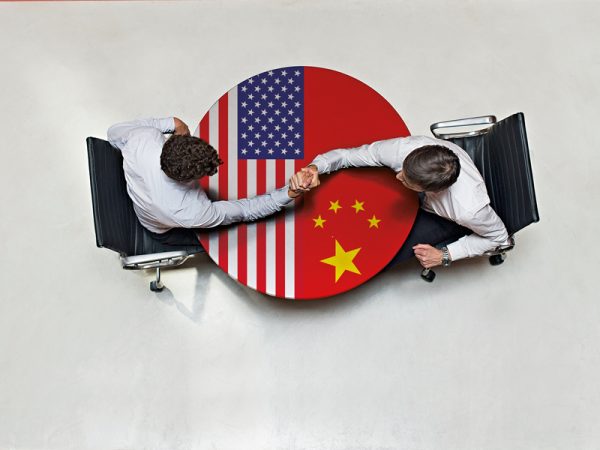U.S. and Chinese officials entered a second day of talks in Stockholm on Tuesday, aiming to extend a tariff truce before an August 12 deadline and ease tensions in their long-running trade dispute.
The discussions, held at Rosenbad, the Swedish prime minister’s office, could lead to a 90-day extension of a deal first reached in May.
U.S. Treasury Secretary Scott Bessent and Chinese Vice Premier He Lifeng were both seen arriving for talks after Bessent met with Swedish Prime Minister Ulf Kristersson earlier in the day. The two delegations met for more than five hours on Monday, but no public statements were issued after the first round.
The talks come as the Biden administration considers a broader trade realignment. On Sunday, the United States reached a trade agreement with the European Union that included a 15% tariff on most EU exports. That deal brought mixed reactions in Europe, with France calling it a “submission” and Germany warning of economic risks. The U.S. also finalized a trade pact with Japan.
China, which dominates the global market for rare earth minerals, has more room to delay negotiations. Unlike the EU, it does not depend on the U.S. for defense cooperation. China is facing pressure to secure a permanent agreement before the August deadline, or risk the return of U.S. tariffs at triple-digit rates.
While there are no signs of major breakthroughs, the ongoing talks may lead to a future meeting between President Joe Biden and Chinese President Xi Jinping. However, Biden on Tuesday denied that he was actively pursuing one. He posted on Truth Social that he had no interest in a meeting unless Xi extended an invitation, which he said had already happened.
The U.S. is also trying to limit the damage from export controls on tech goods, including AI chips, to avoid disrupting talks with Beijing. Earlier trade meetings in Geneva and London focused on cutting retaliatory tariffs and restarting shipments of rare earths and semiconductor components.
Washington continues to push for long-term changes in China’s economic model, encouraging a shift from exports toward domestic consumption. Bessent has said that remains a priority.
























